Hi there, pet lovers! 🌿
If you’ve ever dreamed of owning a pet that feels like it’s straight out of a rainforest adventure, the Green Tree Monitor (Varanus prasinus) might have caught your eye. Known for their stunning emerald-green coloration, incredible agility, and arboreal lifestyle, these monitors are among the most captivating reptiles in the world. However, they’re not for everyone. In this detailed review, we’ll explore everything you need to know about Green Tree Monitors, from their unique behaviors and care requirements to their availability and costs. Whether you’re considering one as a pet or simply curious about these fascinating creatures, this guide will help you make an informed decision.
Overview
The Green Tree Monitor, also known as the Emerald Tree Monitor, is a strikingly beautiful arboreal lizard native to the rainforests of New Guinea and surrounding islands. These monitors are known for their vibrant green coloration, prehensile tails, and remarkable intelligence. Here’s a quick summary of what makes them stand out:
- Handling and Temperament: Generally shy and not suited for frequent handling. Best for observation rather than interaction.
- Care and Maintenance: High-maintenance, requiring a specialized enclosure, precise humidity, and a varied diet.
- Health and Durability: Sensitive to environmental changes and prone to stress-related health issues.
- Availability: Rare in the pet trade, with most individuals being wild-caught or farmed. Captive-bred specimens are highly sought after.
- Cost: Expensive to purchase and set up, with significant ongoing costs for care.
- Overall: A challenging but rewarding pet for experienced reptile keepers.
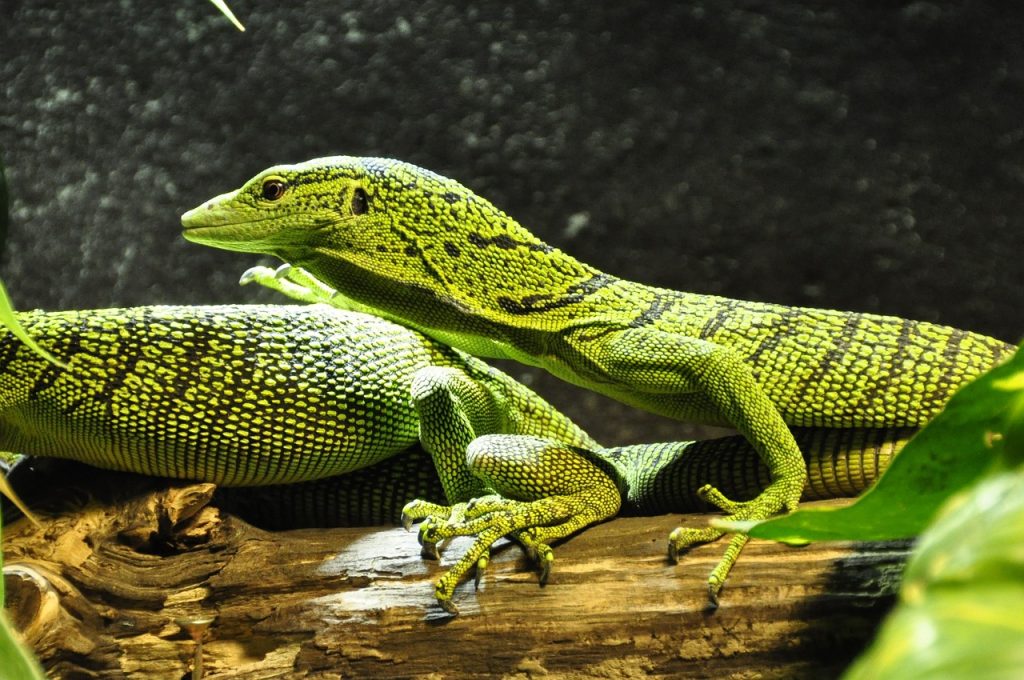
Why Choose a Green Tree Monitor?
Green Tree Monitors are ideal for experienced reptile enthusiasts who are looking for a unique, visually stunning, and highly intelligent pet. Their arboreal nature and active behavior make them fascinating to observe, but their care requirements are demanding. These monitors are not recommended for beginners or those seeking a low-maintenance pet.
Their long lifespan (10-15 years or more) and captivating behaviors make them a rewarding companion for dedicated keepers. However, their sensitivity to environmental changes and specific care needs mean they require a significant commitment of time, resources, and expertise.
Handling and Temperament
Green Tree Monitors are not known for being handleable pets. They are naturally shy, skittish, and prone to stress when handled frequently. While some individuals may become accustomed to their owners over time, they are best appreciated as display animals rather than hands-on pets.
Personality and Behavior
- Green Tree Monitors are highly active and inquisitive, often exploring their environment with agility and curiosity.
- They are intelligent and can recognize their owners, but they prefer to observe from a distance rather than interact closely.
- Their natural instinct is to flee when threatened, and they may use their sharp claws to climb or escape if they feel stressed.
Handling Tips
- Minimal Handling: Limit handling to essential situations, such as health checks or enclosure maintenance.
- Build Trust Slowly: If you wish to build a bond, offer food by hand and allow the monitor to approach you on its own terms.
- Avoid Stress: Never force handling, as this can lead to stress, or even health issues.
While they are not aggressive, their sharp claws and quick movements can make handling challenging. For these reasons, Green Tree Monitors are best suited for experienced keepers who understand and respect their boundaries.
Care and Maintenance
Caring for a Green Tree Monitor is a complex and demanding task. These lizards require a highly specialized environment that mimics their natural rainforest habitat. Here’s what you need to know:
Enclosure Setup
- Size: A tall, vertically oriented enclosure is essential. For an adult, a minimum of 6 feet tall, 4 feet wide, and 3 feet deep is recommended.
- Climbing Space: Provide plenty of branches, vines, and foliage for climbing and exploration.
- Substrate: Use a moisture-retentive substrate like coconut fiber or cypress mulch to maintain humidity.
- Hiding Spots: Include multiple hiding spots and foliage to make the monitor feel secure.
Humidity and Temperature
- Humidity: Maintain high humidity levels between 70-90%. Daily misting or an automated misting system is essential.
- Temperature: Provide a basking spot of 120-130°F (49-54°C) and cooler areas ranging from 80-85°F (27-29°C). Nighttime temperatures can drop slightly but should remain above 75°F (24°C).
Feeding
- Diet: Green Tree Monitors are carnivorous and require a varied diet of insects (crickets, roaches, silkworms) and occasional small vertebrates (pinky mice, small lizards).
- Supplements: Dust food with calcium and vitamin D3 supplements to prevent metabolic bone disease.
- Feeding Schedule: Feed adults 3-4 times per week, while juveniles may require daily feeding due to their fast metabolism.
Lighting
- Provide UVB lighting to support calcium absorption and overall health. A 10-12 hour light cycle is recommended.
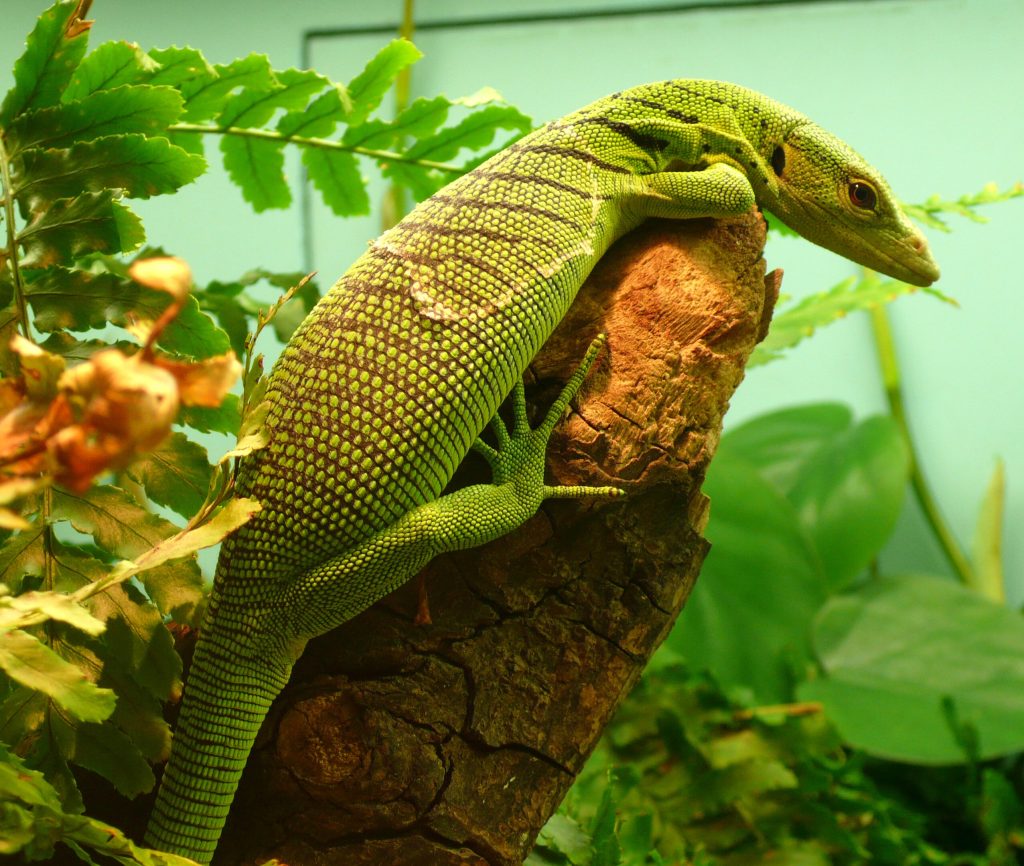
Health and Durability
Green Tree Monitors are sensitive reptiles that require precise care to thrive. Common health issues include:
- Dehydration: Often caused by inadequate humidity or water access.
- Metabolic Bone Disease (MBD): Results from insufficient UVB exposure or calcium supplementation.
- Respiratory Infections: Caused by improper humidity or temperature levels.
- Stress-Related Issues: Overhandling or poor enclosure conditions can lead to stress and weakened immunity.
Preventative Care
- Maintain proper humidity and temperature levels.
- Provide a balanced diet with supplements.
- Regularly clean the enclosure to prevent bacterial growth.
- Schedule routine checkups with a reptile-savvy veterinarian.
With proper care, Green Tree Monitors can live 10-15 years or more, making them a long-term commitment.
Availability and Cost
Green Tree Monitors are rare and expensive in the pet trade. Most individuals available are wild-caught or farmed, which comes with ethical and health concerns. Captive-bred specimens are highly recommended but difficult to find and significantly more expensive.
Where to Buy
- Reputable Breeders: The best option for acquiring a healthy, captive-bred monitor.
- Reptile Expos: Occasionally, Green Tree Monitors are available at expos, but be cautious of their origin.
- Online Retailers: Some specialized reptile sellers offer Green Tree Monitors, but thorough research is essential.
Cost
- Monitor Price: Expect to pay $800 to $1,500 or more for a captive-bred individual. Wild-caught or farmed monitors may be cheaper but come with higher risks.
- Setup Cost: A proper enclosure, lighting, heating, and misting system can cost $500 to $1,000 or more.
- Ongoing Costs: Budget for food, supplements, electricity, and veterinary care.
Pros and Cons
Pros
- Stunning emerald-green coloration and unique appearance.
- Highly intelligent and fascinating to observe.
- Long lifespan with proper care.
- Captive-bred individuals can become accustomed to their owners.
Cons
- High-maintenance care requirements.
- Not suitable for handling or beginners.
- Expensive to purchase and maintain.
- Most available individuals are wild-caught, raising ethical concerns.
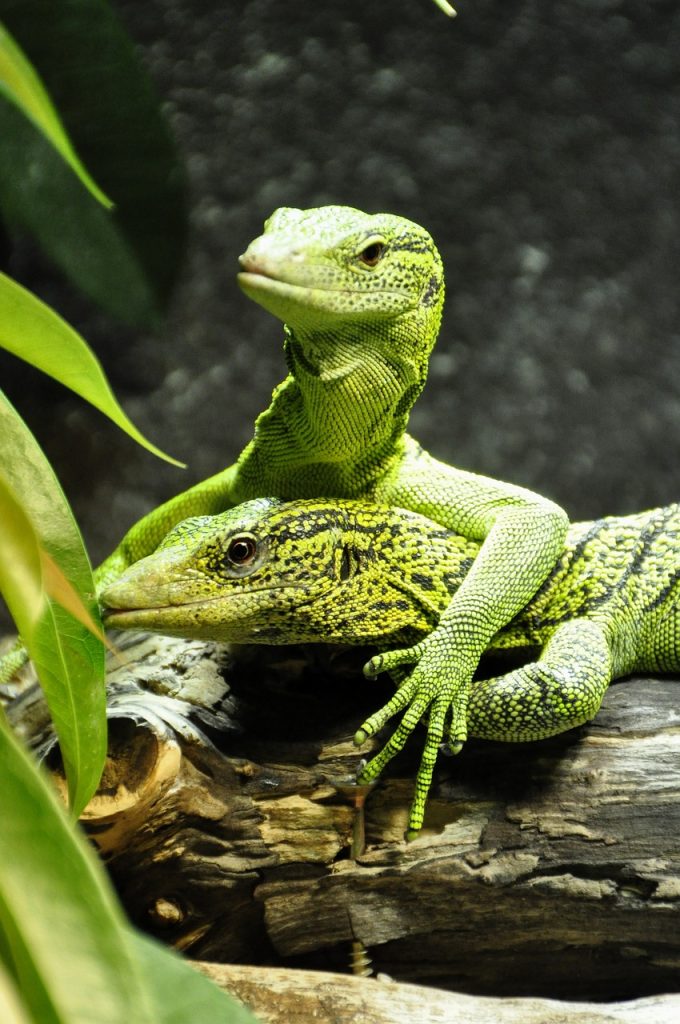
Final Thoughts
The Green Tree Monitor is a jaw-droppingly beautiful and intelligent reptile that can make a rewarding pet for the right keeper. However, their demanding care requirements, sensitivity to stress, and high costs make them unsuitable for beginners or casual hobbyists.
If you’re an experienced reptile keeper with the time, resources, and dedication to meet their needs, a Green Tree Monitor can be an incredible addition to your home. Always opt for captive-bred individuals to support ethical practices and ensure a healthier pet.
Have you owned a Green Tree Monitor? Share your experiences and tips in the comments below! We’d love to hear how you care for your monitor and what makes them special to you.
For more reptile care tips and guides, stay tuned to our blog and don’t forget to subscribe to our newsletter! 🌿🦎

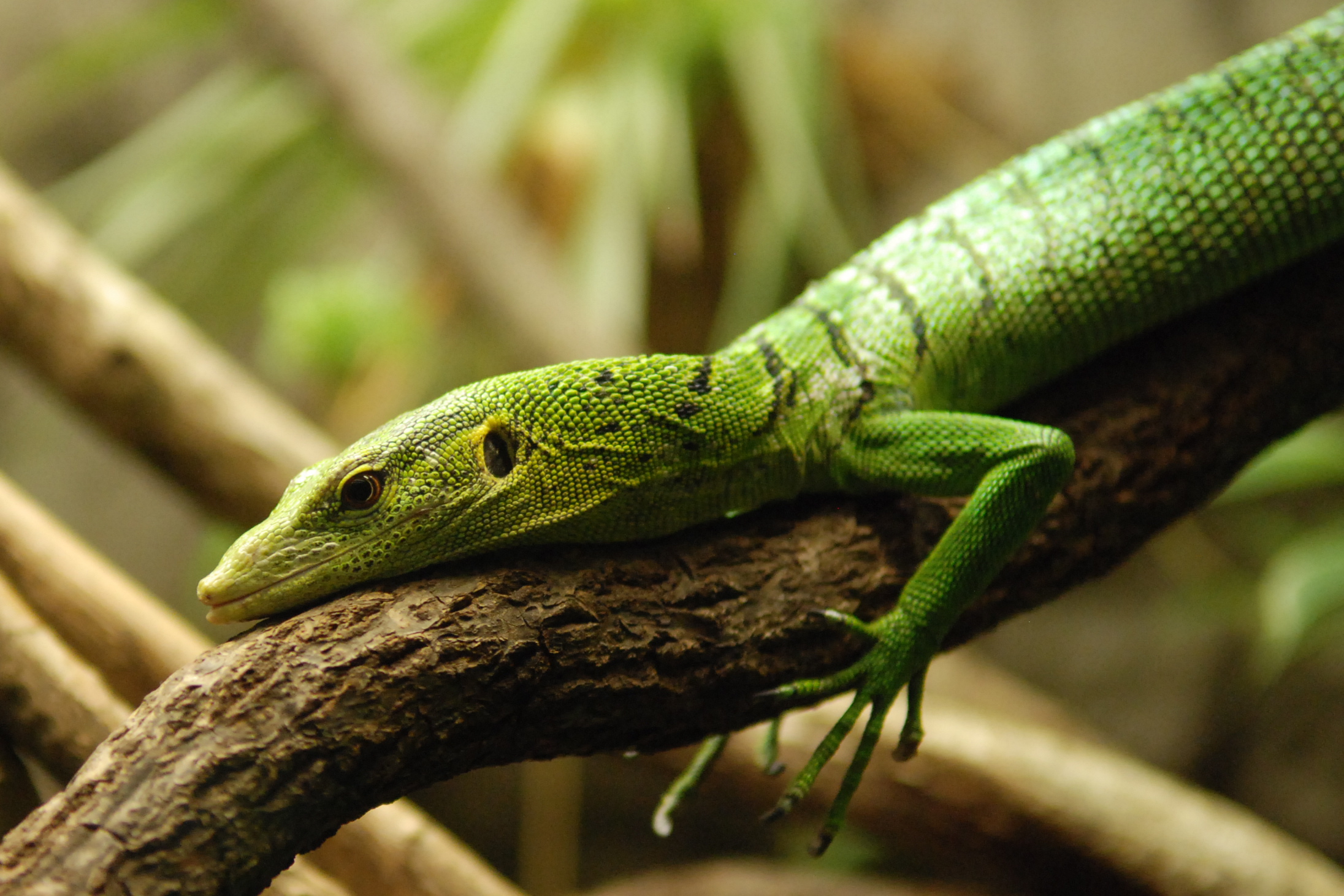

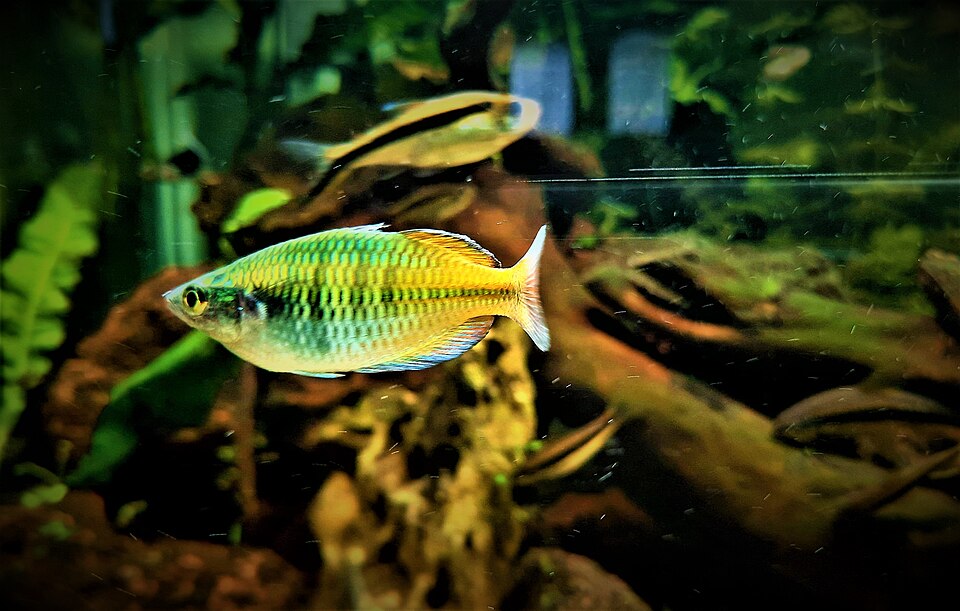
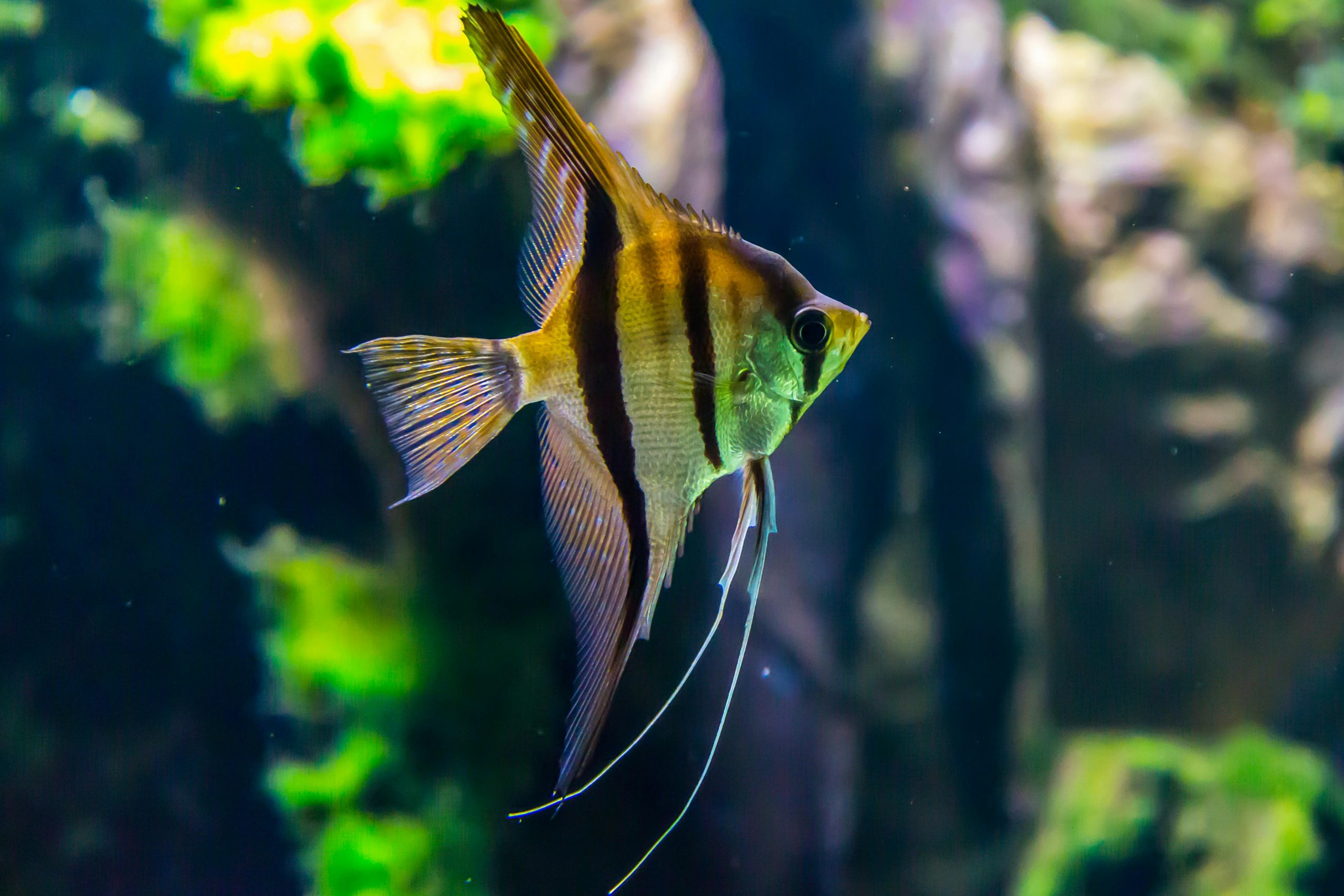
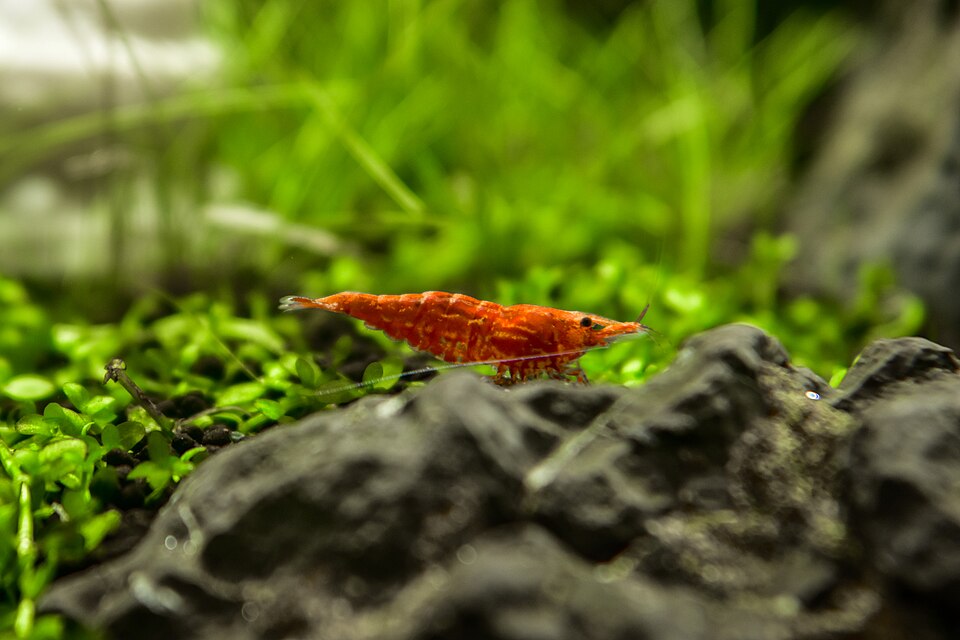

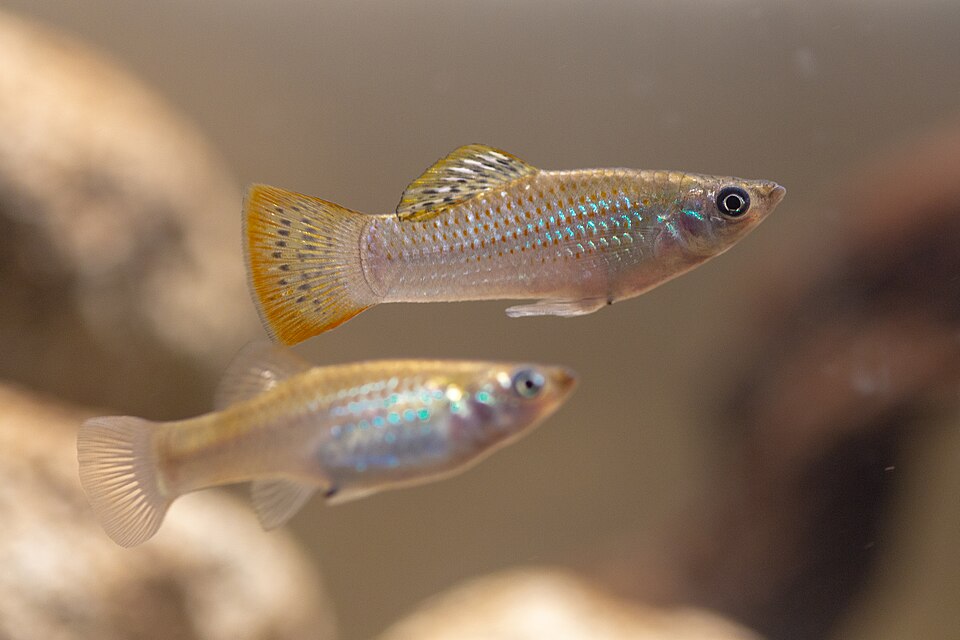
Leave a Reply